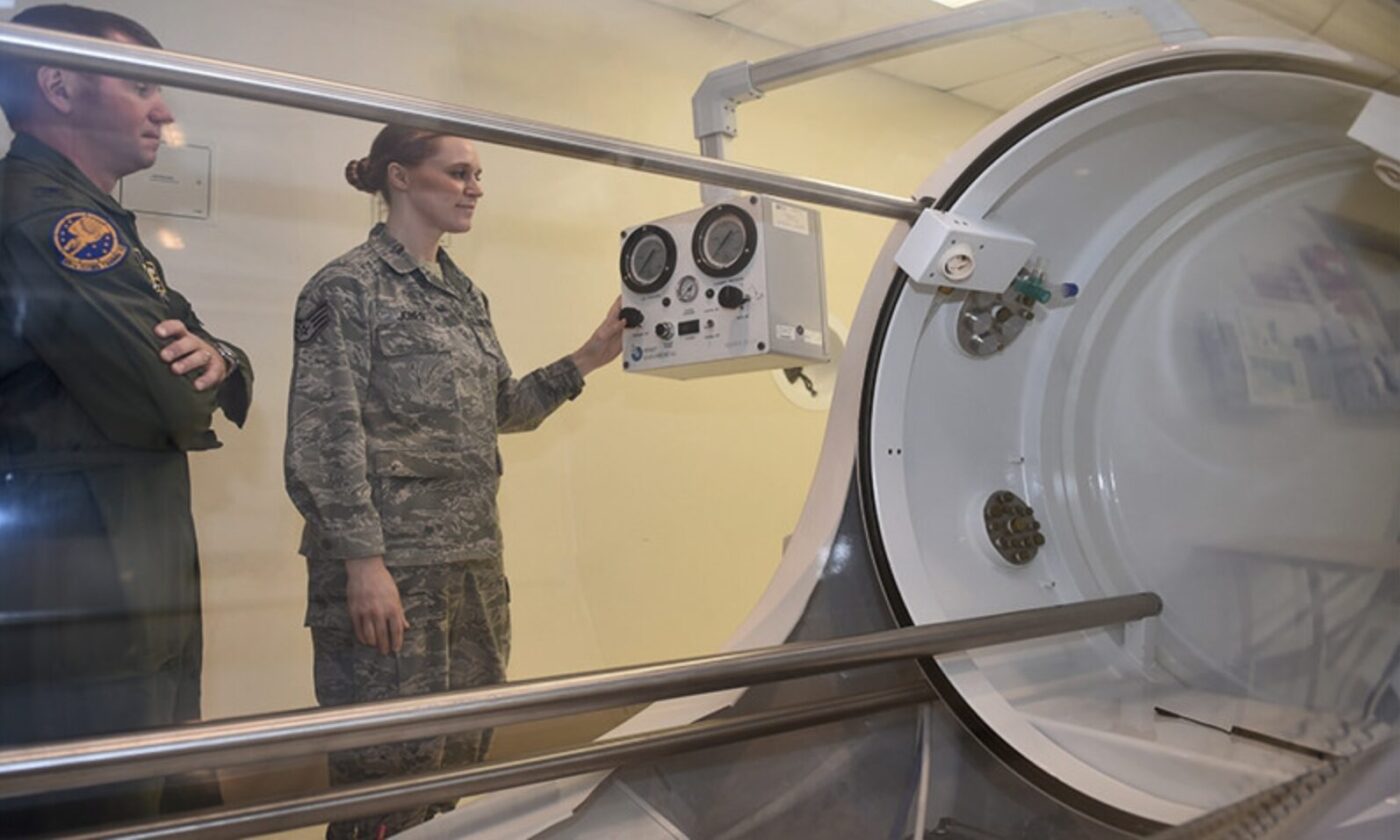Hyperbaric Oxygen Therapy and Veterans: A Breath of Fresh Air for Healing

When it comes to healing from the invisible wounds of war, many veterans find themselves searching for relief beyond traditional treatments. One increasingly talked-about option is Hyperbaric Oxygen Therapy (HBOT)—a treatment that’s been around for decades but is now gaining attention for its potential to help veterans, especially those dealing with traumatic brain injuries (TBI) and post-traumatic stress (PTS).
But what exactly is HBOT? How does it work? And why are more people, including members of Congress, urging the Department of Veterans Affairs (VA) to embrace it? Let’s break it down.
What Is Hyperbaric Oxygen Therapy?
Hyperbaric Oxygen Therapy involves breathing pure oxygen in a pressurized chamber. The pressure is typically about 1.5 to 3 times higher than normal atmospheric pressure. This environment allows your lungs to take in significantly more oxygen than they would at sea level.
Why does that matter? Because oxygen is essential for healing. In a hyperbaric chamber, the oxygen you breathe dissolves into your blood plasma and spreads more effectively throughout your body, even to areas with poor circulation or tissue damage. This super-oxygenation helps fight infection, reduce inflammation, promote the growth of new blood vessels, and stimulate the body’s natural healing processes.
HBOT is FDA-approved for several conditions, including carbon monoxide poisoning, diabetic foot ulcers, and decompression sickness (aka “the bends” in divers). But it’s the emerging applications—like treating brain injuries—that are drawing attention from the veteran community.
How Can HBOT Help Veterans?
Veterans returning from military service often face a unique set of health challenges. Chief among these are TBIs and PTS—both of which can have long-term effects on mental clarity, memory, sleep, and emotional well-being.
Several studies and anecdotal reports suggest that HBOT may offer relief. The theory is that by flooding the brain with oxygen, HBOT can reduce inflammation and promote the repair of damaged brain tissue. For veterans who’ve suffered from blast injuries or repeated concussions, this could be a game-changer.
In some cases, veterans undergoing HBOT have reported improvements in:
– Cognitive function and memory
– Mood and emotional regulation
– Sleep quality
– Headache frequency and severity
– Anxiety and depression levels
While HBOT is not a cure-all, it appears to offer promising results when used alongside other therapies. For many veterans, especially those who’ve tried traditional medications or counseling without success, HBOT can feel like a long-overdue breath of hope.
Which Veterans Are Most Likely to Use or Need It?
HBOT is most commonly considered for veterans who:
– Have suffered a TBI from explosions, falls, or combat incidents.
– Are diagnosed with PTS, particularly when accompanied by symptoms like brain fog or chronic fatigue.
– Experience chronic pain, such as from wounds that have healed poorly or nerve damage.
– Struggle with treatment-resistant conditions, where conventional treatments haven’t provided relief.
In particular, veterans of the Iraq and Afghanistan wars—where improvised explosive devices (IEDs) were a constant threat—are among the most likely candidates. However, HBOT may also benefit older veterans with lingering effects from service-connected injuries.
Who’s Funding the Research?
Research into HBOT for brain injuries and PTS has been a mix of private and public funding, though much of the recent momentum has come from private organizations and state-level pilot programs.
Nonprofits like HBOT4Heroes, The TreatNOW Coalition, and The Healing Arizona Veterans Foundation have stepped up to sponsor HBOT treatments and conduct studies outside of the traditional VA system. Meanwhile, some state governments—like those in Oklahoma, Texas, and Florida—have launched their own HBOT pilot programs for veterans.
On the public side, there has been limited but growing federal interest. Agencies like the Department of Defense (DoD) have funded some HBOT studies, but the VA has been slower to act, citing a need for more conclusive scientific evidence.
That said, many in the medical and veteran communities argue that the real-world results speak for themselves—and that further inaction may be costing lives.
What’s Happening in Congress?
The push to make HBOT more accessible to veterans isn’t just coming from doctors and advocacy groups—it’s also gaining traction in Washington.
Over the past few years, several bills and resolutions have been introduced in Congress urging the VA to recognize and adopt HBOT as a treatment option. These efforts are typically bipartisan, reflecting widespread concern for veterans’ mental health across the political spectrum.
Some of these legislative efforts have aimed to:
– Authorize funding for HBOT pilot programs within the VA.
– Allow veterans to seek HBOT treatment from approved private providers and have it covered by the VA.
– Mandate further research into HBOT’s effectiveness for TBI and PTS.
Though progress has been slow, the increasing pressure from veterans’ groups and state-level successes is pushing the issue forward. Advocates argue that if the VA won’t offer HBOT, it should at least allow veterans to access it through the Veterans Community Care Program, which enables treatment from non-VA providers.
The Bottom Line
Hyperbaric Oxygen Therapy isn’t new, but its application for veterans with TBI and PTS is. As more veterans share stories of healing and as research continues to show promise, the momentum behind HBOT is growing.
While it’s not yet widely adopted within the VA, there’s hope on the horizon. From state-funded pilot programs to bipartisan efforts in Congress, the push to give veterans access to this therapy is gaining steam.
For many veterans, especially those who feel like they’ve tried everything else, HBOT could offer not just treatment, but renewed hope for recovery.
If you or someone you know is a veteran struggling with TBI, PTS, or chronic pain, it may be worth exploring whether HBOT is available in your state and keeping an eye on future developments from the VA and Congress.
Because sometimes, the path to healing really is just a matter of taking a deep breath.